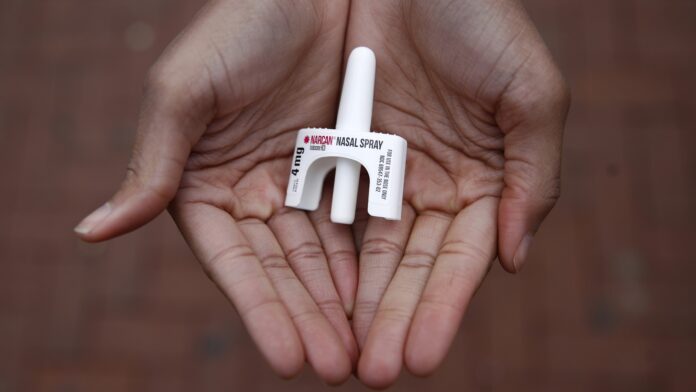The number of people using opioid overdose continue to grow as the globe continues to report more deaths. Therefore, there is a need to join hands and save lives. Luckily, there is a medication out there which promises to reduce fatalities resulting from an overdose.
Narcan is the wonder drug that is credited for saving lives of patients who have had an opioid overdose. The drug has shown remarkable results in reversing opioid overdose symptoms and reducing fatality not just in the United States but the entire world.
Even though overdose cases are common among social deviants, the vice no longer happens in the usual dark alleys. Instead, it is happening in homes and even places of work. So, overdose prevention is something that we all need to focus on to help cope with the situation. Therefore, the option we have is to learn to treat the overdose problem with narcan. Here are things you will need to know about treating an overdose with naloxone.
1. Administer the drug immediately after the overdose
It is becoming common to see the law enforcement team carrying naloxone. The law allows them to carry the drug during their regular patrols because they often use it to save lives. Typically, the police officers will arrive at the scene before the medical team. So, carrying narcan can help save a life. But for the drug to work, it needs to be administered six minutes after the overdose. So having the drug with you when you come across an opioid overdose victim can help you save a life.
2. The drug cannot harm a patient
By dispensing the drug, you cannot harm the opioid overdose patient. The drug is meant to resuscitate and reverse the effect of an overdose. So, when you administer it, you give the patient a chance to remain alive. The only bad thing that the patient is likely to experience is suffering from opioid withdrawal syndrome. They include irritability, vomiting, diarrhea, sweating, and body aches. Therefore, concerns that make people fear dispensing the drug are not valid since it cannot harm the patient.
3. You may need to follow the recommended steps
When you suspect that someone has had an opioid overdose, you need to assess them quickly and administer the medication. Some of the things you will need to look for include the eye pupils. Check if the eye pupils have contracted and are small. You may also need to check relaxed muscles, loss of consciousness, and slow breathing. Other signs you may need to look at include slurred speech, gurgling and choking sounds. Also, look for blue or purple lips or fingernails.
Once you confirm an opioid overdose, you must provide some form of stimulation. Call the person by name. If you don’t observe any response, rub the knuckles on their upper lips. You may dispense naloxone through an injection or nasal spray. But you must ensure the person remains responsive and continues to breathe.
If the person does not respond to narcan immediately, do not leave them alone. Call the emergency team and wait until they arrive.






















